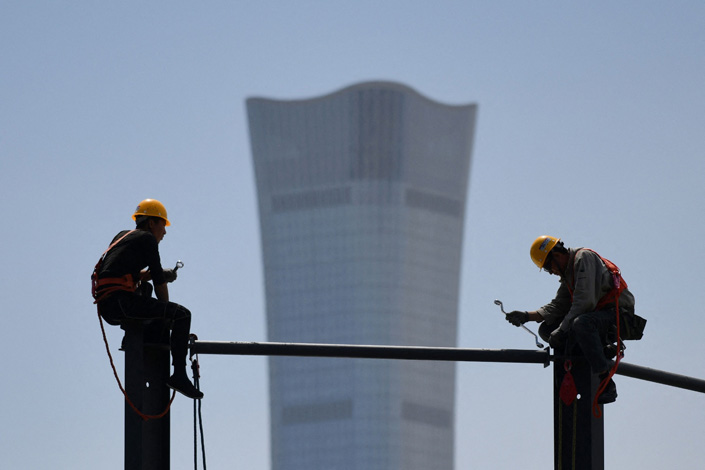Blog: Plight of China’s New Generation of Migrant Workers Highlights Pitfalls of Labor Reforms
Listen to the full version

Over the past three decades, China has implemented and revised its labor regulations in an effort to progress its market economy. Despite the strengthening of labor protection, young migrant workers have fallen through the cracks. Chinese economics professor Li Jingkui believes that the labor reforms have led to the social phenomenon of “Sanhe legends” — youths who are caught in an employment cycle characterized by poor working conditions, low wages and a lack of stability.
Unlock exclusive discounts with a Caixin group subscription — ideal for teams and organizations.
Subscribe to both Caixin Global and The Wall Street Journal — for the price of one.
- MOST POPULAR




